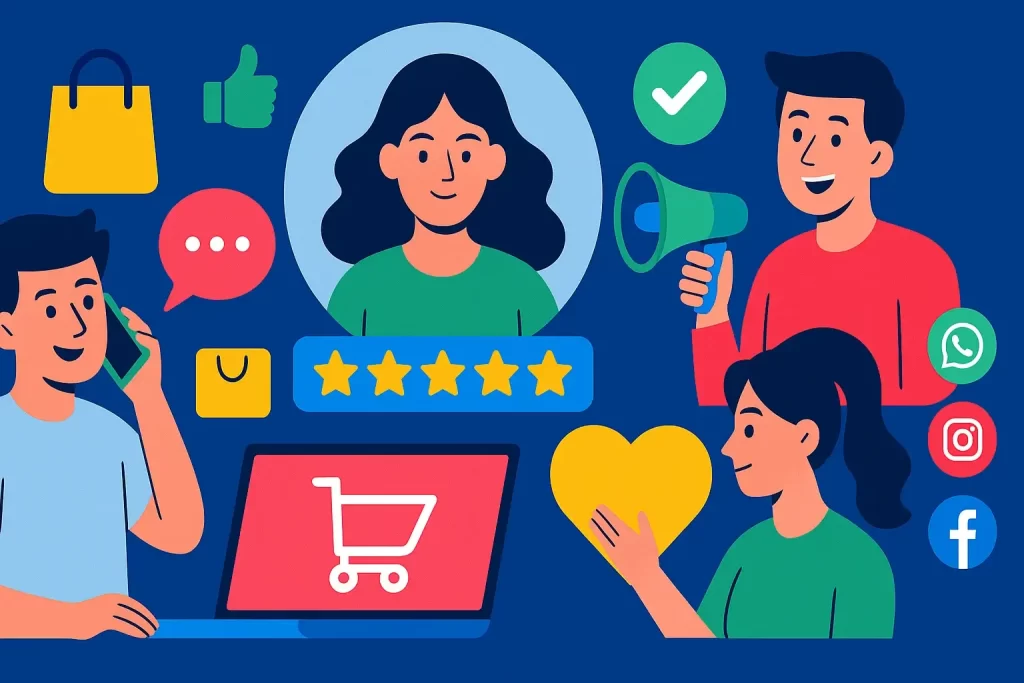
If you want to reduce churn, increase satisfaction, and earn more loyal customers, you need to understand Customer Experience (CX); not just as a buzzword, but as a business essential. This guide shows you how to create, improve, and scale experiences that turn first-time visitors into long-term brand advocates.
What Is Customer Experience? Insights, Pitfalls & Predictive Strategy
Customer Experience (CX) is the complete journey your customer has with your brand, from the first impression to repeat purchases and support. It includes every interaction across all touchpoints, both online and offline. A strong customer experience builds trust, loyalty, and long-term revenue.
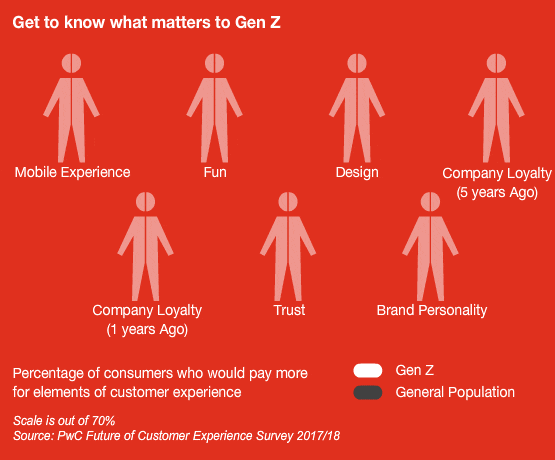
Why It Matters:
Customers are willing to pay more for better experiences
Positive CX increases lifetime value
It drives word-of-mouth referrals
Happy customers cost less to support
What are the differences between Customer Service and Customer Experience
| Aspect | Customer Service | Customer Experience |
|---|---|---|
| Interaction | Happens when a customer has an issue | Encompasses every touchpoint across the entire journey |
| Approach | Reactive: responds to problems | Proactive: designs for delight before issues arise |
| Metrics | Typically measured by CSAT (Customer Satisfaction Score) | Measured using NPS (Net Promoter Score) and holistic KPIs |
| Triggers | Initiated by a specific problem or inquiry | Shaped by emotions, perceptions, and expectations |
| Relationship | Transactional: focused on solving a task | Experiential: focused on building long-term loyalty |
| Responsibility | Owned by support or service teams | Shared across the entire organization |
The 3 Pillars of Strong Customer Experience
1. Consistency Across Channels
Your messaging, tone, visuals, and promises must feel the same across every platform—social, email, support, in-app, and offline.
2. Personalization & Empathy
Tailor your offers and communication using customer behavior, preferences, and context.
3. Journey-Centered Design
Map out and optimize the full customer journey from discovery to advocacy—not just isolated touchpoints.
How to Improve Your Customer Experience
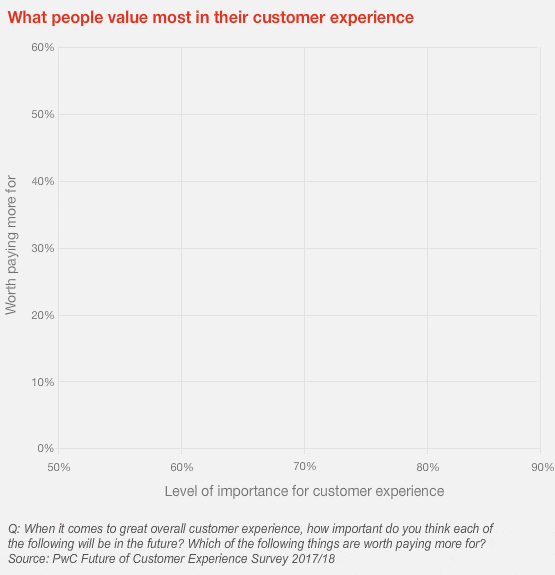
Create a Clear CX Vision
Define a shared vision. Align teams with a clear purpose and customer values.
Use Customer Personas
Empower teams with well-defined personas to improve empathy and relevance.
Capture Real-Time Feedback
Use tools like Hotjar, live chat, and surveys to identify pain points quickly.
Optimize the Customer Journey
Identify friction across onboarding, support, or checkout, and resolve them using data-driven experiments.
Measure What Matters
Go beyond NPS or CSAT. Add behavioral signals, churn prediction, and revenue-based KPIs for deeper impact.
The Shift from Surveys to Predictive Customer Experience
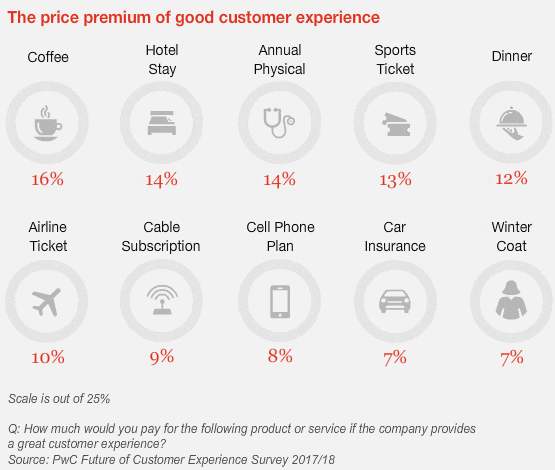
Traditional surveys only capture 7% of the customer base and often fail to identify root causes. According to McKinsey, leading companies now use predictive customer insight platforms to:
Analyze real-time behavior
Predict satisfaction, churn risk, and loyalty
Link CX improvements directly to ROI
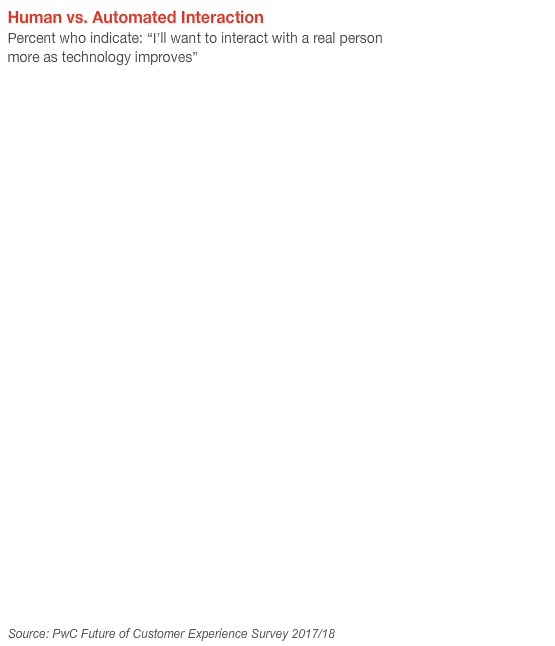
Example: A leading airline built a predictive system using 1,500 variables to proactively retain high-risk customers, cutting churn by 60% and increasing satisfaction by 800%.
Six CX Pitfalls to Avoid
Failure to Link CX to Business Value
If your CX program isn’t tied to strategic growth or ROI, it won’t get executive buy-in.Fragmented Initiatives
Don’t chase dozens of disconnected improvements. Prioritize a few high-impact journeys.Touchpoint-Only Focus
Customers think in journeys, not interactions. Fix root problems, not just surface-level irritants.Limited Creativity
Fear of failure stifles innovation. Encourage bold thinking and design-led problem-solving.No Customer Feedback Loop
Without MVP testing and early validation, even the best ideas can miss the mark.CX Operating in a Silo
CX is a team sport. Everyone from sales to IT plays a role in shaping the experience.
What are the Impact of Bad Customer Experiences
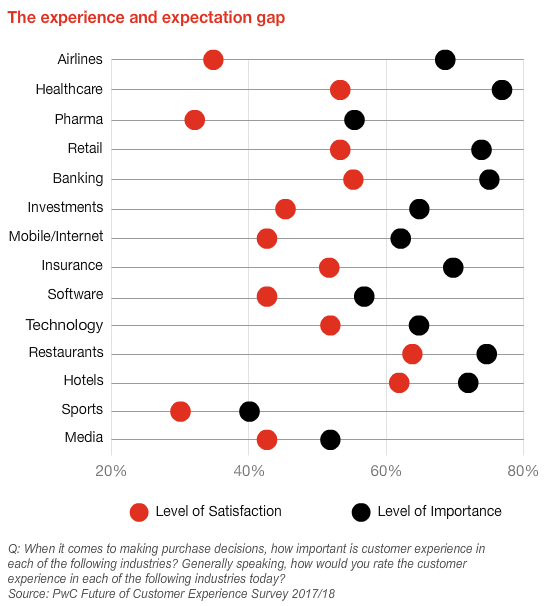
| Aspect | Details / Statistics |
|---|---|
| Definition | A poor experience occurs when customer interactions are frustrating, slow, or unhelpful. |
| Annual Financial Loss | Over $62 billion is lost each year due to poor customer service. |
| Silent Churn | 91% of unhappy customers leave without ever complaining. |
| Customer Expectation Gap | Only 10% of consumers say brands consistently meet their expectations. |
Real Examples of Impact
Apple: Seamlessly blends design, UX, and support for memorable CX
Zappos: Uses surprise, emotional connection, and over-delivers on support
Amazon: AI-driven personalization and proactive support at scale
Luxury Hotel Chain: Transformed through local curation, staff involvement, and experience-led measurement
Watch: CX Explained in Under 7 Minutes
Key Takeaways from Video: Delivering Transformative Customer Experiences
| Theme | Insight |
|---|---|
| Client Relationships | Build long-term partnerships, not just one-off project engagements. Success comes from mutual growth and shared goals. |
| Trust Is Foundational | Trust is invisible but transformative. It’s the emotional glue that makes communication impactful and relationships resilient. |
| Be a Strategic Partner, Not a Vendor | Clients today don’t want just deliverables—they need advisors who adapt, anticipate, and evolve with them. |
| Storytelling as a Communication Tool | Storytelling helps simplify complex information, making it easier for clients to emotionally connect and stay aligned. |
| Adaptability and Agility | The pharma and marketing landscape is constantly shifting—CX success requires flexibility and preparedness for change. |
| Psychological Safety in Teams | Encourage open communication across teams. Everyone must feel safe raising issues, sharing ideas, or signalling risks. |
| Clear Communication During Pressure | When timelines tighten or problems arise, collaboration and clarity become more important than perfection. |
| CX Culture Is Collective | Great customer experience isn’t delivered by CX teams alone—it’s a company-wide mindset grounded in empathy and proactive action. |
Final Takeaways
Start with a clear CX vision
Prioritize journeys, not touchpoints
Involve customers early in development
Train every team member on their impact on CX
Shift from reactive surveys to predictive CX platforms
Next Step: 👉 Book a Free Demo to see how IntentTale helps you design, measure, and scale unforgettable customer experiences.
Customer Experience FAQs
What’s the difference between customer service and customer experience?
Customer service is a single moment. Customer experience is the full journey. It’s proactive, intentional, and designed to build long-term value.How can I measure CX impact?
True CX impact goes beyond surveys. Use NPS, CSAT, retention rates, lifetime value, and predictive performance data to see what really drives loyalty.What’s the ROI of great CX?
Best-in-class CX leaders outperform peers by 4–8% in revenue growth and retention. The return is measurable—and transformative.Is CX only for B2C companies?
Absolutely not. In B2B, decision-makers expect personalization, speed, and consistency. CX is critical at every stage of the buyer journey.How do predictive platforms change CX strategy?
Predictive CX enables real-time personalization, churn prevention, and smarter decisions that tie directly to business outcomes.What are customer journeys?
They are the end-to-end paths customers follow with your brand, from first touch to advocacy. Great CX designs every step with intention.How do I measure customer experience accurately?
Combine qualitative feedback with hard metrics like LTV, repeat purchase rate, and journey analytics for a holistic view.What is the consumer decision journey?
It’s how consumers move from awareness to consideration to purchase—and often, advocacy. Your CX must support every phase.What’s the role of customer care in CX?
Customer care is part of the experience, but CX goes deeper. It anticipates needs, reduces friction, and creates emotional value.How do I improve customer experience fast?
Start with quick wins: fix known friction points, train frontline teams, and personalize high-impact journeys.What does digital customer experience mean?
It’s how customers experience your brand across digital channels—website, apps, chat, social. Consistency here is critical.How does CX drive loyalty?
A memorable, effortless, and emotionally resonant experience turns casual buyers into lifelong brand advocates.Is CX different in B2B and B2C?
The fundamentals are the same—empathy, consistency, and clarity. But B2B journeys often involve more touchpoints and longer cycles.How do industries approach CX differently?
Retail focuses on speed and ease. Healthcare emphasizes trust. SaaS centers on onboarding. Tailor CX to what your audience values most.What’s the difference between CX and EX?
CX is how customers experience your brand. EX is how your team experiences working for your brand. Both must be designed with care.Why is customer experience so important?
Because it’s the only sustainable differentiator. Products can be copied. Experiences can’t.What’s the cost of a bad experience?
One poor experience can lead to churn, negative reviews, and lost revenue. In today’s market, the cost is too high to ignore.How do I create a CX vision?
Anchor it in your purpose. Make it actionable. And align every team around it—CX starts from the inside.How can I understand my customers better?
Use personas, journey mapping, and real-time behavioral data to uncover what your audience truly needs.How do I create an emotional connection with customers?
Personalization, empathy, and storytelling. People remember how you made them feel.How do I capture feedback in real time?
Use tools like Hotjar, live chat, and smart surveys embedded in key journeys to listen when it matters most.How do I build a quality-first CX team?
Train your people to care, not just serve. Use clear standards, coaching, and celebration to scale excellence.How do I act on employee feedback?
Make it visible. Close the loop fast. And involve your team in designing the solutions—they know the front lines best.How do I prove the ROI of CX?
Link experience improvements to churn reduction, LTV, referrals, and operational efficiency. Data tells the story.How do I personalize CX effectively?
Segment users, use behavioral data, and trigger actions based on real-time intent, not assumptions.What makes a seamless omnichannel experience?
Unified messaging, synchronized systems, and consistency across all touchpoints—from mobile to in-store.How do I optimize the customer journey?
Audit each step, prioritize the moments that matter, and run tests to reduce drop-offs and increase delight.What are the key components of CX?
Journey clarity, emotional resonance, personalization, ease, and feedback loops—all working together.What are the goals of customer experience management?
To earn trust, deepen relationships, reduce friction, and align every touchpoint with customer expectations.How is CXM different from CRM?
CRM manages contacts and history. CXM manages the quality and design of those interactions.How do I measure business impact from CX?
Correlate CX metrics with revenue, churn, LTV, and engagement. Predictive CX tools make this easier than ever.What CX challenges should I expect—and how can I overcome them?
Expect data silos, unclear ROI, and internal resistance. Solve them with cross-functional leadership and clear wins.Which brands have nailed CX and how?
Zappos with service. Amazon with personalization. Ritz-Carlton with empowerment. Study them. Adapt boldly.






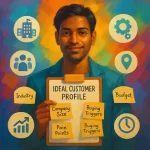










One Response
Utterly indited content material, Really enjoyed examining.